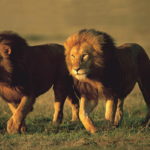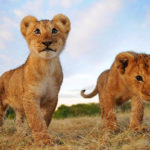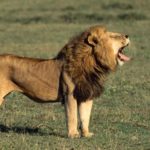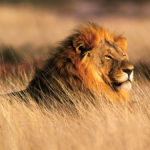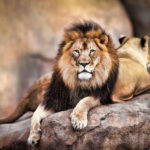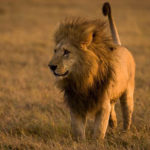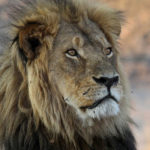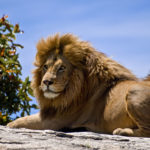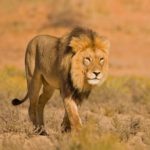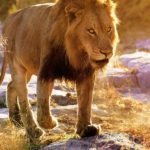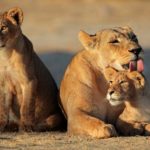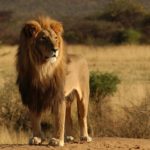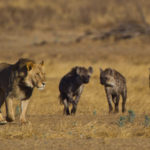Why do lions roar ?
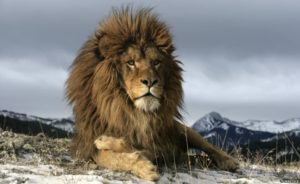 Making a roar, a lion wrinkles his lips and protrudes his chin, pointing his mouth to the horizon. His whole body thus methodically rises and falls, following the rhythm of the sounds produced by him. In the African night the roaring of a lion spreads to a distance of up to 8 km. It simultaneously enchants and terrifies people. And yet the lion roars not at all to please us. To whom is the message of the king of beasts addressed?
Making a roar, a lion wrinkles his lips and protrudes his chin, pointing his mouth to the horizon. His whole body thus methodically rises and falls, following the rhythm of the sounds produced by him. In the African night the roaring of a lion spreads to a distance of up to 8 km. It simultaneously enchants and terrifies people. And yet the lion roars not at all to please us. To whom is the message of the king of beasts addressed?
Lions keep in touch with each other with the help of a complex system of social interactions. Pride lions occupy an area of an average of 50 square meters. km; Some pride members find themselves in various parts of their territory. However, members of hostile prides always wander around.
They can kill a solitary lion invading someone else’s space, if, of course, they take him by surprise. In this regard, the ability to distinguish enemies from friends becomes vital for lions. Like many other species that lead a group life on the basis of the “decay-unification” principle, lions maintain contacts at a distance with the help of sound communication.
And the limit of audibility of sound signals, probably, exceeds an audible limit for the person. The lion’s roar consists of a series of sound cycles: slow series of lingering low roar are replaced by fast sequences of clear short roaring. Both male and female lions roar, but the male’s voice sounds much stronger and lower in tone.

